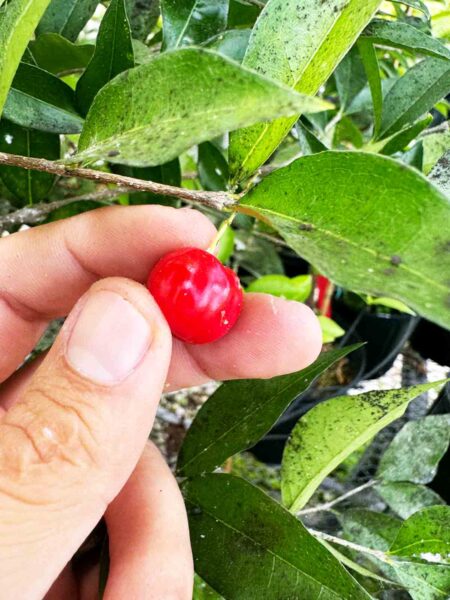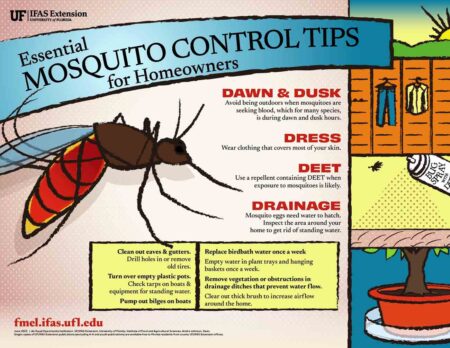NICEVILLE, Fla — An underused, easy-to-grow, and low maintenance fruit tree to consider adding to your fruit orchard/landscape is the Japanese persimmon, also known as Oriental and Asian persimmon.

The apple size fruit is quite showy as it ripens to a bright orange color in the fall. Japanese persimmon is not native to the United States. We do have our native common persimmon, botanically known as Diospyros virginiana. Japanese persimmon, Diospyros kaki L., is native to China and has been grown and selected in China, Korea and Japan for over 1,000 years. They were introduced to Florida in the mid-1800s.
Japanese persimmons are classified as either astringent or non-astringent. I enjoy both types but prefer the non-astringent cultivars. Astringent cultivars are like our native persimmon in that the fruit must be completely ripe and soft before it is suitable for eating. Biting into an unripe, firm common persimmon will make your mouth pucker, for a while, due to its bitterness. The same is true for astringent Japanese persimmons. But non-astringent types can be eaten when fully ripe or while still firm. The fruits ripen from August to December.
The tree may grow to the size of a typical pear tree but semi-dwarf plants are smaller, reaching a height of around six to eight feet when mature.
There are numerous cultivars from which to select. One of the most popular astringent cultivars in Florida is ‘Tanenashi’. The most popular non-astringent cultivar in Florida and the most widely grown persimmon cultivar in the world is ‘Fuyu’.
Trees do best when planted in full sun but will tolerate a little shade. Persimmons will put up with a wide range of soil conditions as long as the soil is not overly salty and is well-drained. Established trees have good drought tolerance but bearing trees produce higher quality fruit when watered regularly. Allowing a bearing tree to become overly dry will result in much fruit drop/thinning.
Patience is needed when growing Japanese persimmons. It can take a number of years for a young tree to reach the age where it will hold onto and mature a good crop of fruit. As the tree slowly matures, it will progressively hold onto and mature more fruit. Young trees are prone to shedding young, immature fruit. This is normal and usually improves with age as long as the tree is getting adequate sunlight, regular irrigation during dry periods and is not being over-fertilized, especially with too much nitrogen fertilizer.
For more information on this underused fruit tree, contact the UF/IFAS Extension Office in your County or use the following link to access a UF/IFAS publication on Japanese persimmons. https://edis.ifas.ufl.edu/mg242
Larry Williams is the Extension horticulture agent with the Okaloosa County Cooperative Extension Service, University of Florida. Contact Larry at 689-5850 or email lwilliams@myokaloosa.com.






